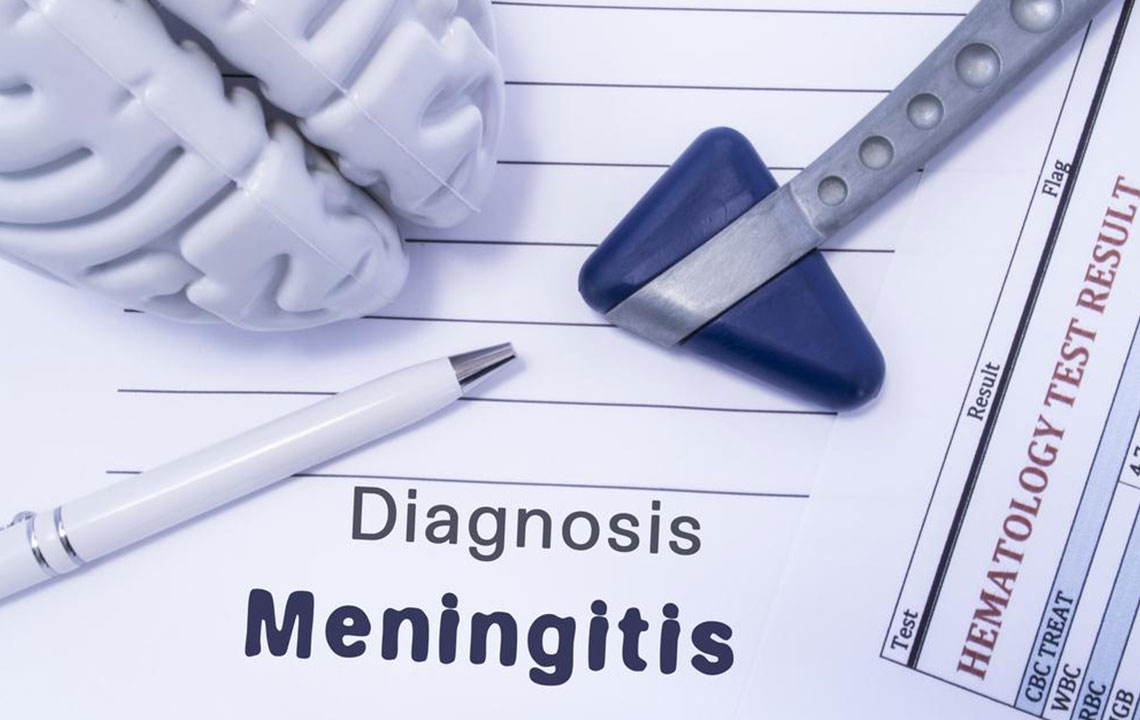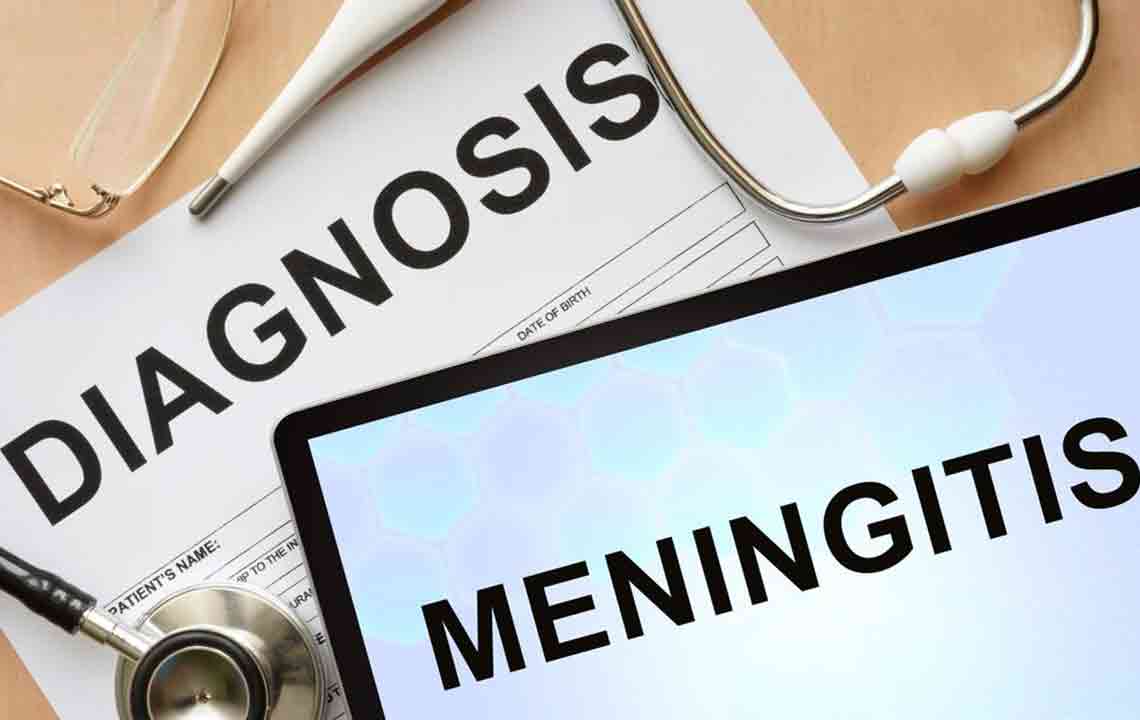Comprehensive Guide to Streptococcal Meningitis: Causes, Symptoms, and Prevention Strategies
Streptococcal meningitis is a life-threatening infection caused by bacteria like Streptococcus pneumoniae and GBS. Recognizing symptoms early, understanding transmission, and adopting preventive measures such as vaccination are vital. This comprehensive guide covers causes, symptoms, diagnostic methods, treatment options, and prevention strategies to help protect at-risk populations and promote awareness of this serious condition.

Streptococcal meningitis is a severe and potentially life-threatening infection that involves inflammation of the meninges—the protective membranes covering the brain and spinal cord. This condition is primarily caused by the bacteria Streptococcus pneumoniae, also known as pneumococcus, which can invade the central nervous system and lead to dangerous complications if not promptly diagnosed and treated. Understanding the causes, recognizing the symptoms, and knowing the preventive measures are crucial steps in managing this serious disease.
To fully comprehend streptococcal meningitis, it is essential to explore the bacterial types involved, how the infection spreads, and what high-risk groups are most vulnerable. Streptococcus bacteria are classified mainly into groups based on their hemolytic patterns, with Group A Streptococcus (GAS) and Group B Streptococcus (GBS) being the most noteworthy in relation to meningitis.
Causes and Types of Streptococcal Bacteria
1. **Streptococcus pneumoniae (Pneumococcus):** This bacterium is the leading cause of bacterial meningitis in both children and adults worldwide. It resides in the nasopharynx of healthy individuals but can invade the bloodstream and cross the blood-brain barrier, resulting in meningitis.
2. **Group B Streptococcus (GBS):** Often associated with newborn infections, GBS can be transmitted from mother to baby during childbirth. GBS colonizes the gastrointestinal and genitourinary tracts and is a common cause of neonatal meningitis.
3. **Other Streptococcus species:** While Group A Streptococcus typically causes throat infections or skin infections, it can sometimes lead to invasive diseases like meningitis, especially in immunocompromised individuals.
Mode of Transmission
The bacteria responsible for streptococcal meningitis spread through close contact with an infected person. This includes respiratory droplets expelled during coughing, sneezing, or talking. Contaminated surfaces or shared personal items can also facilitate transmission. High-density living conditions, such as dormitories or crowded households, increase the risk of infection.
Risk Factors and High-Risk Populations
While anyone can contract streptococcal meningitis, certain groups are more susceptible:
Infants and young children, especially those under 2 years old
Older adults, particularly those over 60
Individuals with weakened immune systems due to illnesses such as HIV/AIDS, cancer, or diabetes
People with chronic health conditions
Newborns, especially if GBS colonization occurs in the mother
Symptoms to Watch For
Early recognition of symptoms is vital for prompt treatment. Common signs include:
Sudden high fever
Severe headache
Stiff neck
Nausea and vomiting
Sensitivity to light (photophobia)
Altered mental status or confusion
Seizures in severe cases
In infants, signs may include irritability, poor feeding, bulging fontanelle, and lethargy. Due to overlapping symptoms with other illnesses, laboratory testing is essential to confirm diagnosis.
Diagnosis and Treatment
Diagnosis involves a combination of clinical assessment and laboratory tests. A lumbar puncture, or spinal tap, is performed to analyze cerebrospinal fluid (CSF) for bacteria, increased white blood cells, and other markers of infection. Blood cultures may also be taken.
Once diagnosed, treatment with appropriate antibiotics is initiated immediately. Early intervention is critical to prevent permanent neurological damage, coma, or death. Supportive care, including fluids, pain management, and elevated head positioning, can help manage symptoms.
Prevention and Vaccination
Preventive measures play a crucial role in reducing the incidence of streptococcal meningitis:
**Vaccination:** Several vaccines are available that target Streptococcus pneumoniae. The pneumococcal conjugate vaccine (PCV13) and pneumococcal polysaccharide vaccine (PPSV23) are widely used and highly effective in preventing pneumonia and meningitis caused by pneumococcal bacteria.
**Hygiene Practices:** Regular handwashing, respiratory etiquette (covering mouth and nose when coughing), and avoiding close contact with infected individuals can reduce transmission.
**Screening and Treatment:** Pregnant women are screened for GBS colonization. If positive, antibiotics are administered during labor to prevent neonatal GBS infections.
**Healthy Lifestyle:** Maintaining a robust immune system through proper nutrition, adequate sleep, and avoiding smoking can lower susceptibility.
Prognosis and Long-Term Effects
With prompt and effective treatment, many patients recover fully. However, delays in treatment can lead to serious complications such as brain abscesses, hearing loss, neurological deficits, or death. Some survivors may experience long-term sequelae, emphasizing the importance of early diagnosis and intervention.
Conclusion
Streptococcal meningitis is a critical health concern that requires awareness, rapid diagnosis, and immediate treatment. Understanding the causes, recognizing the symptoms early, and adhering to preventive measures, particularly vaccination, are crucial steps in reducing the disease burden. Especially for vulnerable populations like infants, the elderly, and immunocompromised individuals, vigilance and proactive healthcare practices are essential to prevent severe outcomes associated with this infection.





